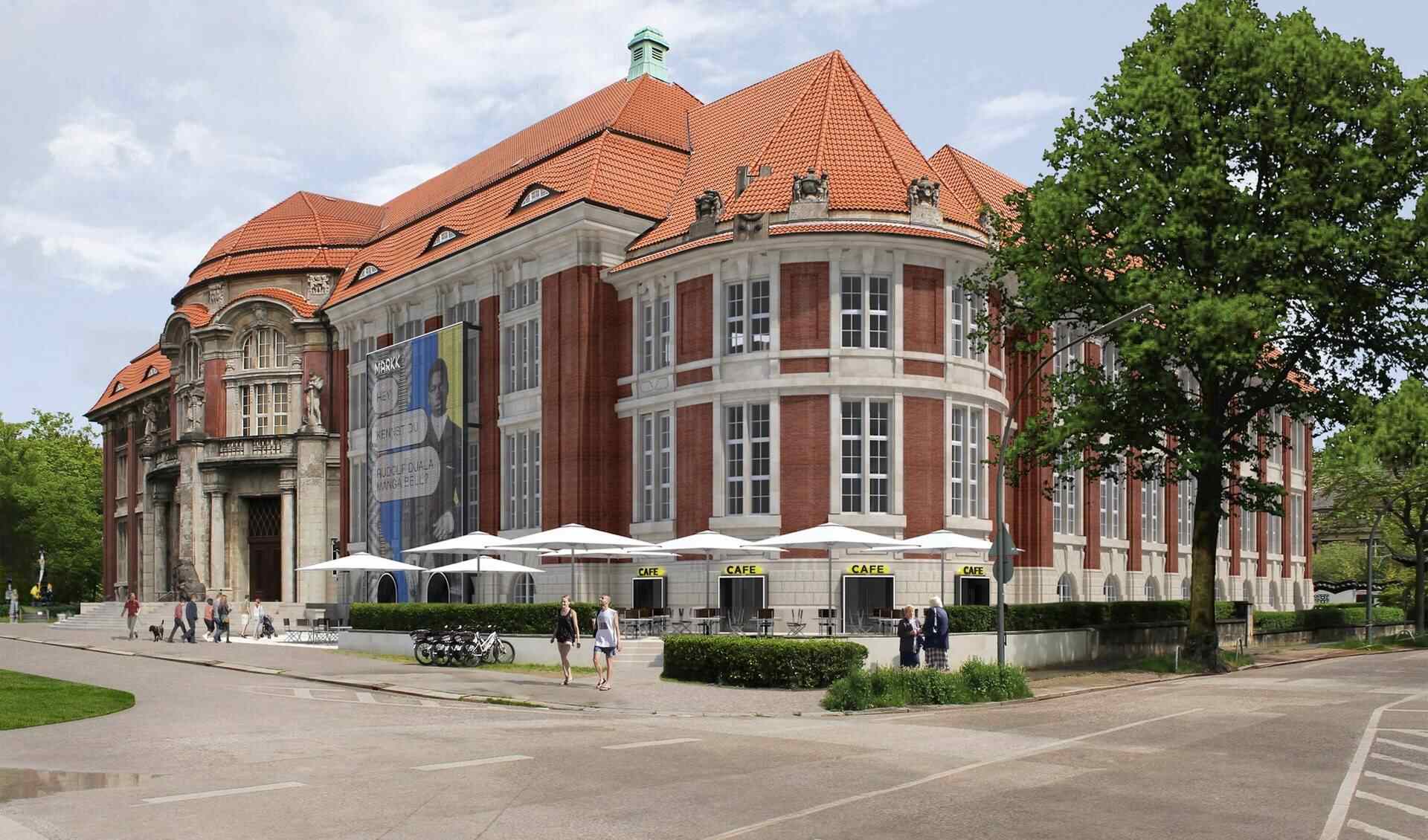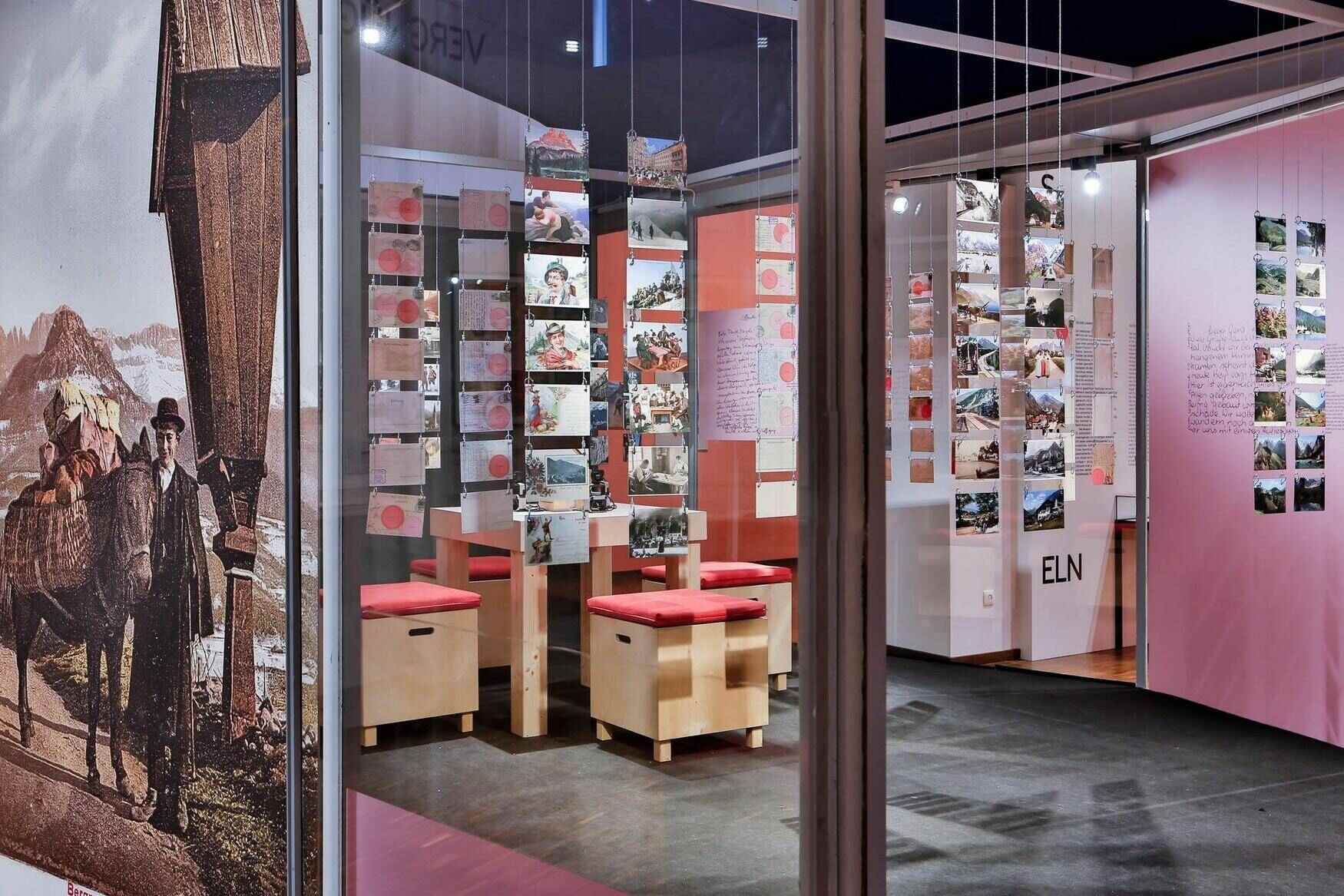The Free and Hanseatic City of Hamburg is a place where history comes alive and geographical boundaries are blurred, where New Guinea ritual masks and Sioux warrior arrows, carved wooden Maori boxes and clay Inca vessels, ancient Japanese calligraphy and monochrome photographs from the 1970s are juxtaposed. Be sure to take your child to the Hamburg Ethnographic Museum, also known as the Museum am Rothenbaum and MARKK.
There's probably no better museum in Europe for exploring the cultural and artistic traditions of different ethnic groups. Do you want to interest your child in the history, traditions and culture of different peoples? Then you should definitely buy a ticket to this museum.
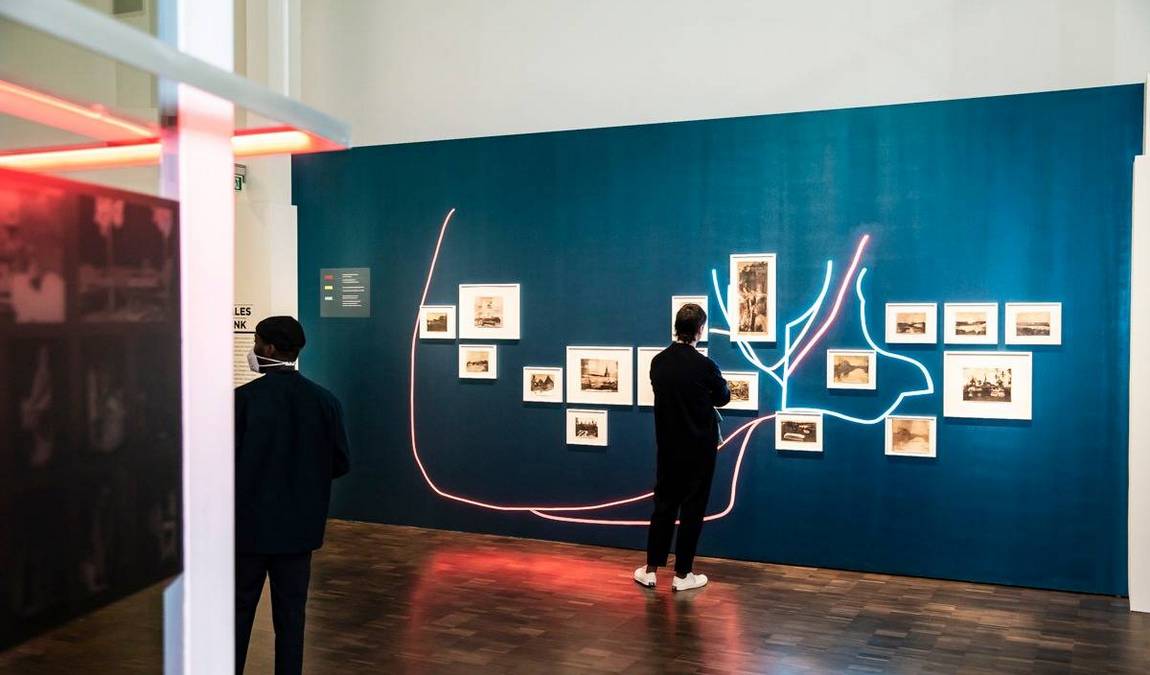
The History of Museum
The Museum at Rothenbaum, Europe's largest ethnographic museum, opened its doors more than 140 years ago. Over the years, the collection has been expanded to include more and more exhibits. Today the museum has more than 350,000 cultural and artistic exhibits, not to mention valuable historical documents and archives. It all began in 1879 with a small ethnographic collection in the local library, consisting of 648 items.
The museum has seen many crises in its history. The building was used as a public shelter during the First World War and also as a shelter for staff who lost their homes in the bombing of the building. The building was hit by air raids three times, but was always rebuilt. Although the collection was moved to safer locations, the museum still suffered heavy losses during the war.
The active development of MARKK began in the 1990s, when the directors decided not to limit themselves to the history of one region, but to focus on issues of European integration and identity, as well as on the various religious manifestations and political and cultural upheavals in Africa, Latin America and Asia. The museum's aim is to present the cultures of different peoples, to show the cultural links between ethnic groups, their similarities and differences, and to increase visitors' knowledge of the diversity of cultural and artistic achievements throughout the world.
Today, the Hamburg Ethnographic Museum has several permanent exhibitions and regularly hosts lectures and workshops. It is a good place for cultural encounters, education and simply to pass the time.
As well as the exhibitions, the building in which it is housed is particularly interesting. In the 1990s, the building was declared an important architectural monument.
Areas and Exhibitions
The museum has several permanent exhibitions as well as temporary exhibitions. You can find out more about them on the MARKK website. A special section 'Children at the Museum' informs about events and workshops for young visitors.
Collection items
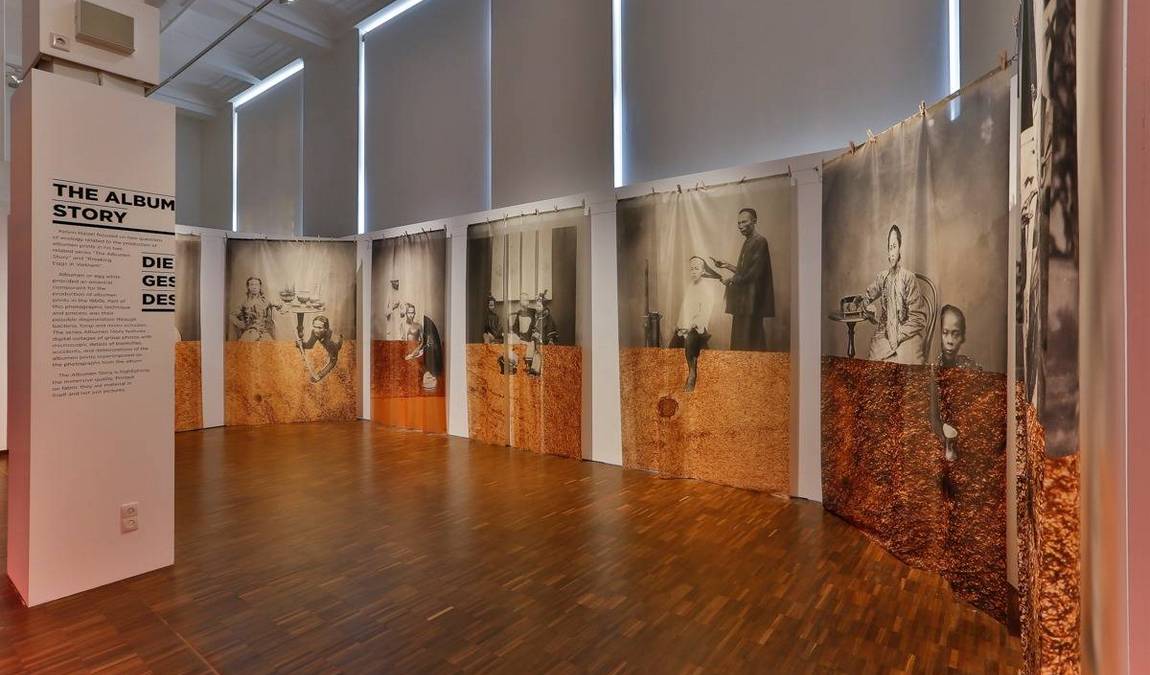
All the exhibits collected in the museum are classified by region:
- "Africa". The collection is one of the largest in the museum, along with the Oceania section. Most of the exhibits are from the second half of the 19th century and the first half of the 20th century. There are works of art, items related to religion, hunting and war, as well as musical instruments and things used in everyday life and households.
- "America". In this exhibition, visitors will see extensive collections of textiles, traditional clothing of different ethnic groups, objects of Afro-Brazilian religions, as well as a large number of gold, silver and bronze artefacts discovered during archaeological excavations in Guatemala, Costa Rica, Panama and Peru.
- "Europe". The exhibition includes objects from Western and Eastern Europe, as well as several regions of Northern Asia. An extensive collection of amulets, over 3,000 ceramic objects and pottery tools from Spain, a Jewish Torah pennant and the so-called Gallic skull — all this and much more is on display in this collection.
- "East and South Asia".The collection comprises some 40,000 objects from regions from Pakistan to Mongolia, including mainland South-East Asia. It is regularly expanded with new objects from China and India, Japan, Korea, the Tibetan Buddhist region, Pakistan and Myanmar. Exhibits include items that belonged to real samurai, ancient tea ceremony paraphernalia, Indian religious images, ritual masks and much more.
- "Oceania". The department's collections include objects from the Pacific island nations of Melanesia, Polynesia and Micronesia, as well as Australia and much of the Malay Archipelago. The collection dates mainly from the 19th and early 20th centuries. It includes ritual objects, jewellery, weapons, everyday objects and clothing from the peoples of Oceania.
- "North Africa, West and Central Asia/Ancient Egypt". The objects in this collection come from Islamic societies in North Africa, West and Central Asia. The objects collected here give an insight into the craftsmanship and everyday life of the people of the region, and include textiles and weapons. A small collection of Persian and Iranian objects includes weapons, lacquerware, stained glass and textiles. Visitors will see incredibly beautiful handmade carpets, Moroccan ceramics and soapstone objects. There is even a full-size Kazakh nomad yurt and a modern Kyrgyz yurt on display.
Photo Collection
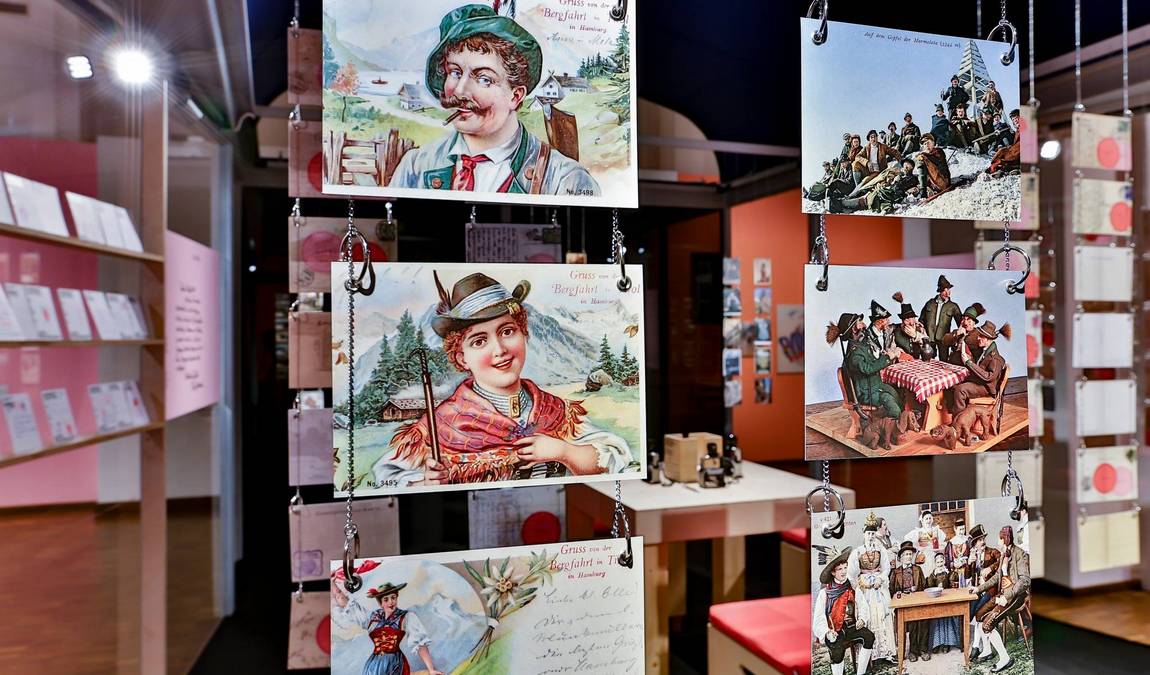
The museum has a vast collection of 450,000 photographs from different periods. The oldest photograph was taken in 1858, just seven years before the first glass plate negative was made. Important historic photographs include Edward Arning's paper negatives taken in Hawaii in 1885, early 20th century colour autochromes of Bolivia, Franz Bandholz's grain grid works and over 300 platinotypes of Mayan ruins made by Theobert Mahler in 1875.
Document Archive
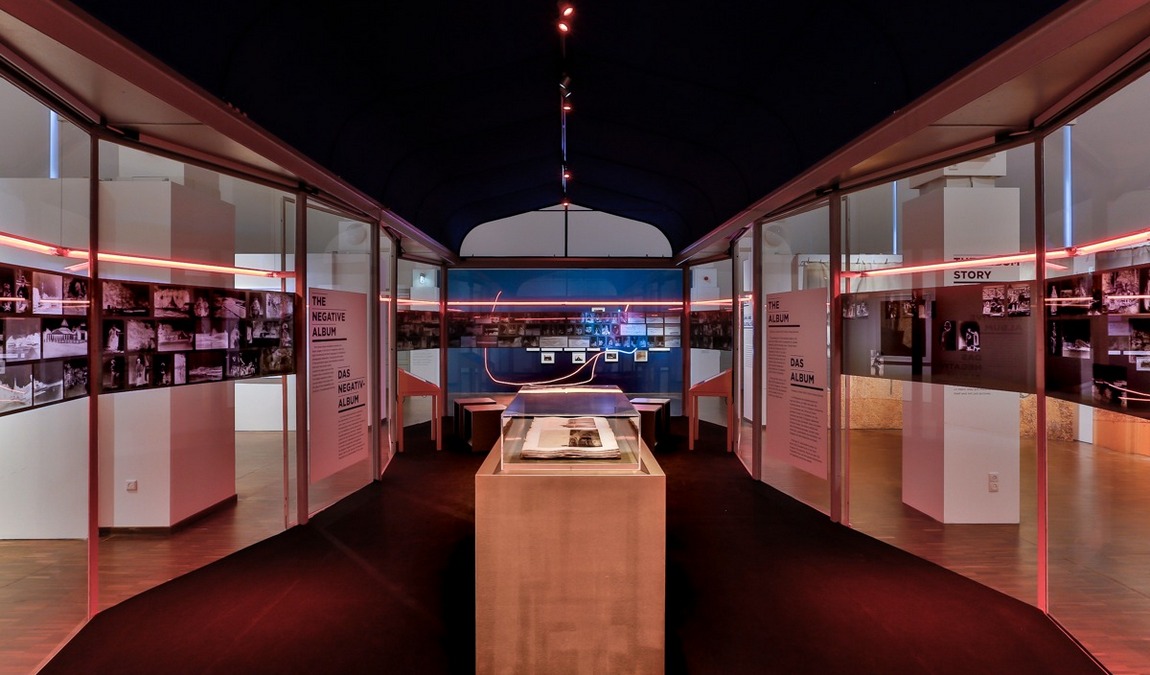
A separate display room contains documents of historical significance. Items on display include wills, correspondence, diaries, letters, travel notes, manuscripts, maps and drawings.
Services
The museum has a restaurant that welcomes visitors from Tuesday to Sunday from 10 a.m. to 4 p.m. The restaurant can be booked for gala events, and guests are guaranteed a delicious meal and first-class catering.
In addition to the cafeteria, some of the rooms can also be hired for events. The rooms are most commonly hired for lectures and seminars, but are also occasionally used for celebrations such as weddings. The MARKK also has a small shop selling souvenirs, handicrafts, books, exhibition catalogues and more.
Every summer the museum runs a children's club for children aged 6 to 14. At the Summer Club children
- take part in workshops, tours of Hamburg and other recreational and educational activities;
- get to know the museum and the MARKK team;
- take an active part in museum life, preparing exhibitions, inviting guests, etc.
As well as regular tickets, there are also concessionary tickets on sale. Concessions are available for schoolchildren and students, disabled visitors, the unemployed and those on certain benefits. Guide services are paid for separately.
Visitor Tips
- It's best to bring children aged 10 and over, as they won't be interested in the museum and could accidentally damage the valuable exhibits. Teenagers, on the other hand, will appreciate the unique collections of antiquities.
- The museum has a huge number of exhibitions, so it's impossible to see everything in one day. It's best to decide which collections you want to see first before you visit.
- Visitors in wheelchairs should be aware that they may not be able to see all of the museum's exhibits due to the architecture of the building.
- Large bags, umbrellas and other bulky items must be deposited in the cloakroom before entering the museum.
- Pets should be left at home as they are not allowed in the museum (with the exception of guide dogs and other service animals).
- Parents and other adults (guardians, teachers, etc.) should keep a close eye on children to prevent them from damaging or contaminating exhibits.
- The use of bicycles, skateboards, roller skates and scooters is prohibited.
- Tickets can be purchased online and presented digitally on your smartphone at the ticket office.
- Photography and video recording are permitted for personal use only. However, the use of flashlights or tripods is not permitted in the exhibition halls.
- There are several staircases and lifts in the museum, but the latter may only be used when accompanied by MARKK staff.
- Smoking and the consumption of food and drink are prohibited in the exhibition halls.


